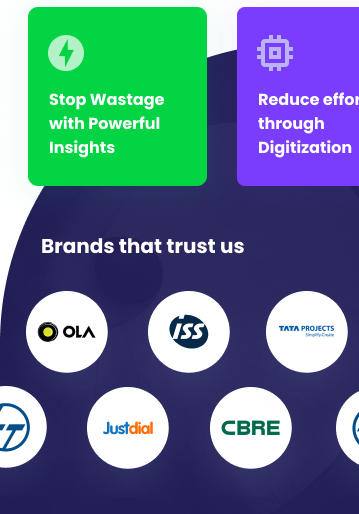Energy consumption is one of the largest operational costs for commercial buildings. Without proper monitoring, energy inefficiencies often go unnoticed, leading to excessive consumption and higher expenses. Energy monitoring systems provide businesses with real-time insights into their energy usage, enabling smarter decisions that reduce waste and improve efficiency. Here’s why every commercial building needs energy monitoring and how it drives significant benefits.
What Is Energy Monitoring?
Energy monitoring involves tracking, measuring, and analyzing energy consumption in a building. Modern energy monitoring systems, like those integrated into Know Your Building®, use IoT sensors and cloud-based platforms to provide real-time data on energy usage across various systems:
- HVAC systems
- Lighting
- Equipment
- Renewable energy sources
By centralizing this data, building managers can identify inefficiencies, optimize performance, and reduce costs.
Key Benefits of Energy Monitoring for Commercial Buildings
- Identifying Energy Waste
Energy monitoring helps pinpoint areas where energy is being wasted. For instance:
- Lighting or HVAC systems running in unoccupied rooms.
- Equipment consuming excessive power due to poor maintenance.
Real-time insights allow facility managers to take corrective actions immediately, reducing unnecessary energy usage.
- Reducing Operational Costs
By identifying inefficiencies, energy monitoring systems enable businesses to cut down on energy costs. The ability to track energy consumption helps prioritize areas for improvement, such as upgrading to energy-efficient equipment or optimizing operational schedules.
- Improving Energy Efficiency
Energy monitoring systems provide detailed analytics, helping businesses:
- Set benchmarks for energy performance.
- Automate systems like HVAC and lighting to optimize energy usage.
- Monitor energy usage trends and adapt operations accordingly.
- Facilitating Sustainability Goals
Energy monitoring plays a key role in helping buildings achieve sustainability targets, including carbon emission reductions and net-zero goals. By tracking energy usage and emissions, businesses can report progress toward green certifications like LEED or BREEAM.
- Enabling Predictive Maintenance
With energy monitoring, facility managers can identify energy spikes that signal equipment malfunctions. This predictive approach allows for timely maintenance, reducing downtime and prolonging the lifespan of systems.
- Enhancing Tenant Comfort
Energy monitoring ensures systems like HVAC and lighting are optimized for occupant comfort while minimizing energy consumption. For instance, systems can adjust temperatures or lighting based on occupancy and real-time feedback.
How Know Your Building® Makes Energy Monitoring Seamless
Know Your Building® offers a cloud-native, wireless energy monitoring solution that provides:
- Real-Time Data: Immediate access to energy usage insights across systems.
- Advanced Analytics: Actionable reports to identify inefficiencies and optimize energy performance.
- Remote Access: Monitor energy usage anytime, anywhere through a cloud-based platform.
Building a Smarter, More Efficient Future
Energy monitoring is no longer optional—it’s essential for commercial buildings seeking to optimize operations, reduce costs, and meet sustainability goals. Know Your Building®’s advanced energy monitoring system empowers businesses to take control of their energy usage, driving efficiency and environmental responsibility.














